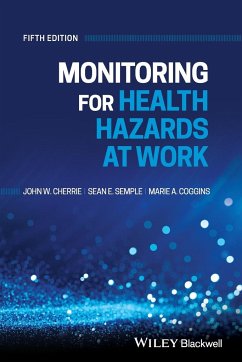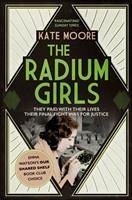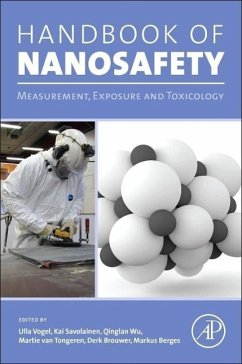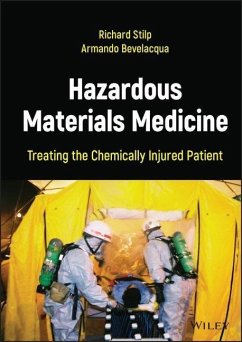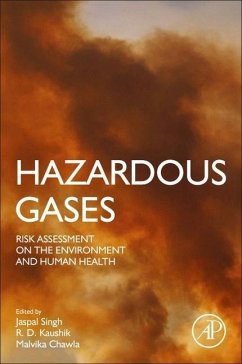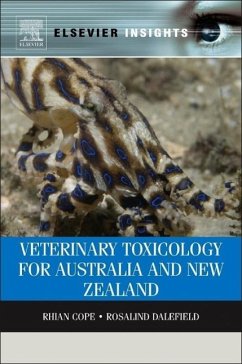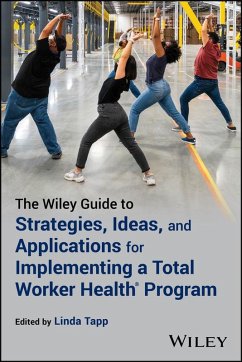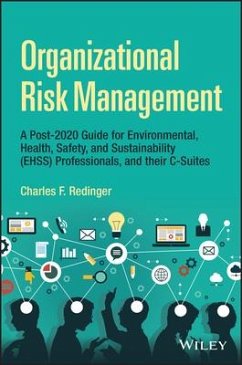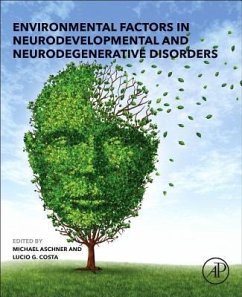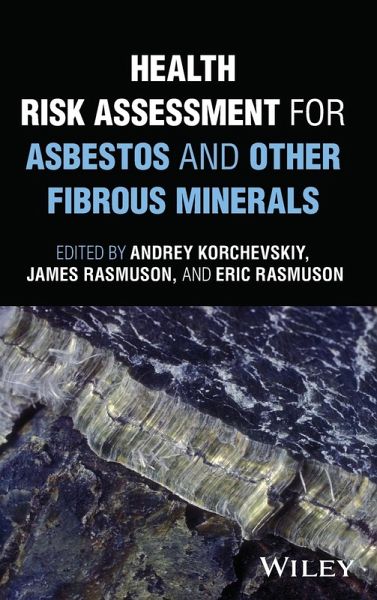
Health Risk Assessment for Asbestos and Other Fibrous Minerals
Versandkostenfrei!
Versandfertig in über 4 Wochen
160,99 €
inkl. MwSt.

PAYBACK Punkte
80 °P sammeln!
Evaluates the risks and human health impacts of asbestos and other fibrous minerals Despite continuous efforts to eliminate asbestos from commercial use, it remains a serious occupational and environmental hazard. Health Risk Assessment for Asbestos and Other Fibrous Minerals provides a rigorous discussion of risk assessment methodology for elongate mineral particles, covering basics, theory, models, and practical applications, enabling readers to participate in carrying out efficient and informed health risk assessments, to estimate potential adverse effects for exposed populations, and to de...
Evaluates the risks and human health impacts of asbestos and other fibrous minerals Despite continuous efforts to eliminate asbestos from commercial use, it remains a serious occupational and environmental hazard. Health Risk Assessment for Asbestos and Other Fibrous Minerals provides a rigorous discussion of risk assessment methodology for elongate mineral particles, covering basics, theory, models, and practical applications, enabling readers to participate in carrying out efficient and informed health risk assessments, to estimate potential adverse effects for exposed populations, and to determine the acceptability of risks at a given level of exposure. Coverage includes: * Mineralogy, health effects, pathology, exposure assessment, modeling, and characterization of risks for asbestos and similar toxic materials * Necessary integration of epidemiology, toxicology, industrial hygiene, and environmental health expertise when performing a health risk assessment * Emerging and not-well-known hazards, e.g. erionite and other naturally occurring fibrous minerals * Contributions by Garry Burdett, Bruce Case, Lucy Darnton, Daniel Hall, Arseniy Korchevskiy, Brooke Mossman, Cassidy Strode, Robert Strode, and Ann Wylie * Case studies and examples of risk calculations Health Risk Assessment for Asbestos and Other Fibrous Minerals is a highly practical reference on the subject for occupational and public health professionals, industry and government regulators, industrial hygienists, and risk assessors, along with epidemiologists, biostatisticians, toxicologists, and other scientific professionals.






